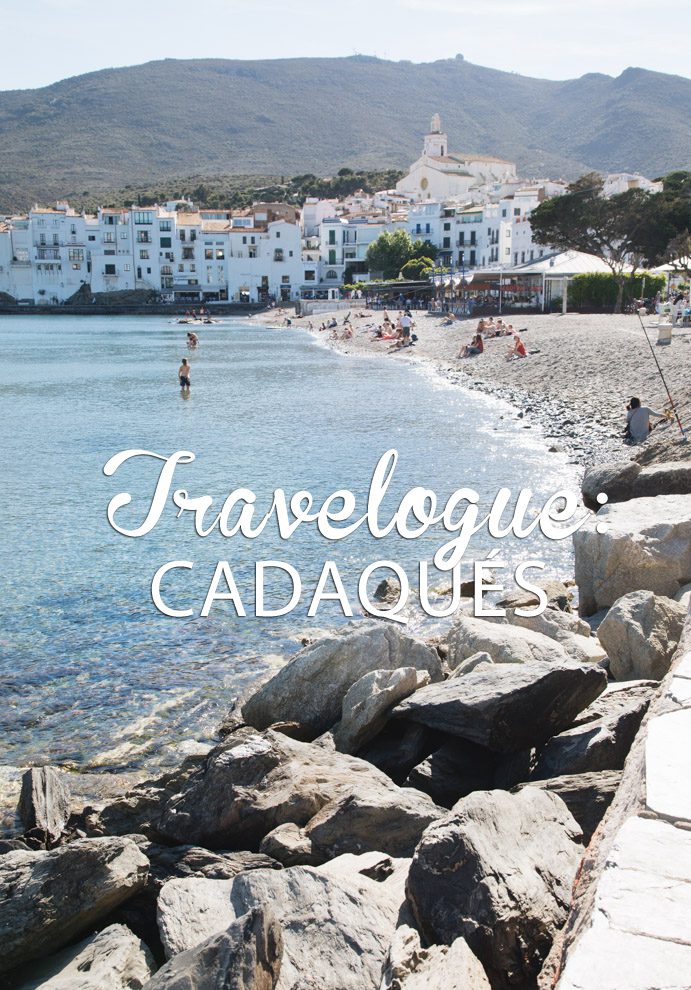
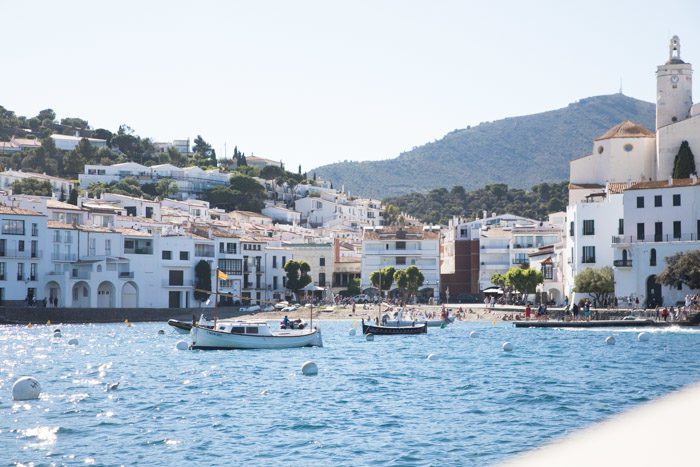
At the very start of the summer—it seems so far away now—I was lucky to find myself visiting the small Mediterranean village of Cadaqués, in the company of a group of creative women. I’d joined a week-long tour, split between Barcelona and Cadaqués—the latter on the Costa Brava in the easternmost point of Spain being chosen for its history as home to Salvador and Gala Dalí. We’d be focusing on art and inspiration for the week.
Because I had joined with a group, I hadn’t done much of the planning for these three nights, but I studied the winding streets, the curve of the bay, and found it easy to understand why the Spanish artists would call this place home.
Here are some photos and impressions from my visit…

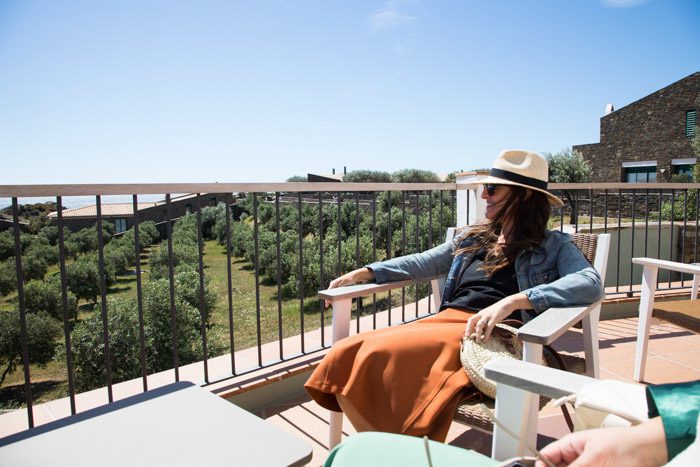
It took us just over two hours to arrive from Barcelona by bus, but the coastal road was long and windy. It’s been a long-while since I’d felt that car-sick, so I thanked my stomach for staying strong.
Fortunately, I felt myself recovering quickly with the cool breeze coming off the sea.
Our hotel, Hotel Ixtent, was a bit outside of town, built into a hillside between the bays of Cadaqués and Portlligat. We needed a larger block of rooms to accommodate our group, so the hotel—with its pool and its restaurant for breakfast—was just right. But if I were traveling with just my family, I might look closer to the old town for a hotel or apartment. (The Telegraph might useful for hotel reviews in this case.)
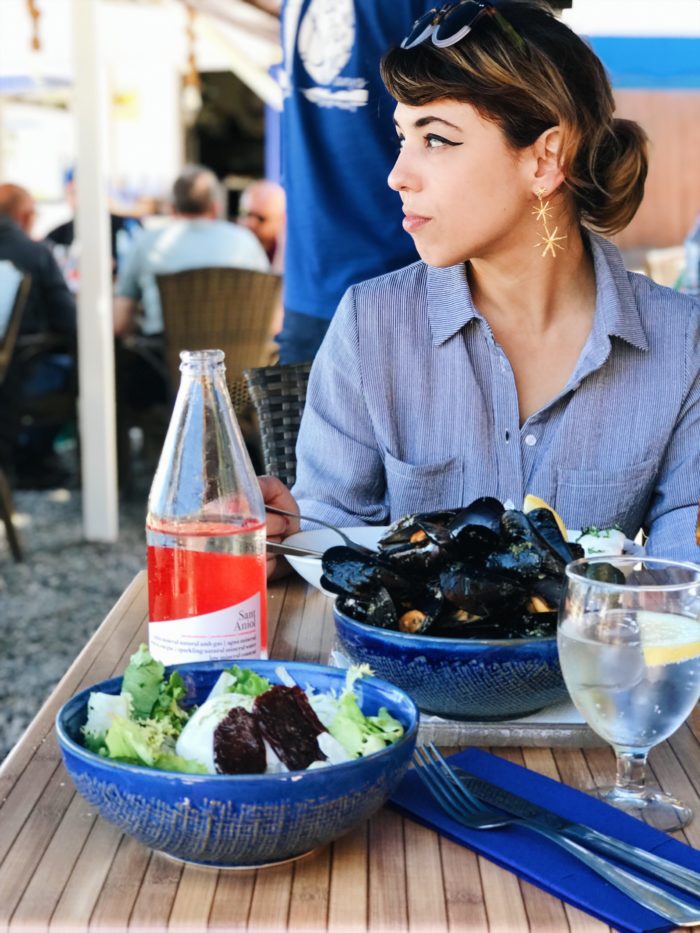

Our tour time at the Dalí Museum in Port lligat—an even smaller village located in a smaller bay on the Cap de Creus peninsula—was initially thought to be in the morning, so we all walked over the hillside to have lunch by the museum. It turned out, however, that our tour wasn’t until the afternoon; so while some chose to stay put until then, I decided I couldn’t wait to see the main part of the old town and set off by myself to explore.
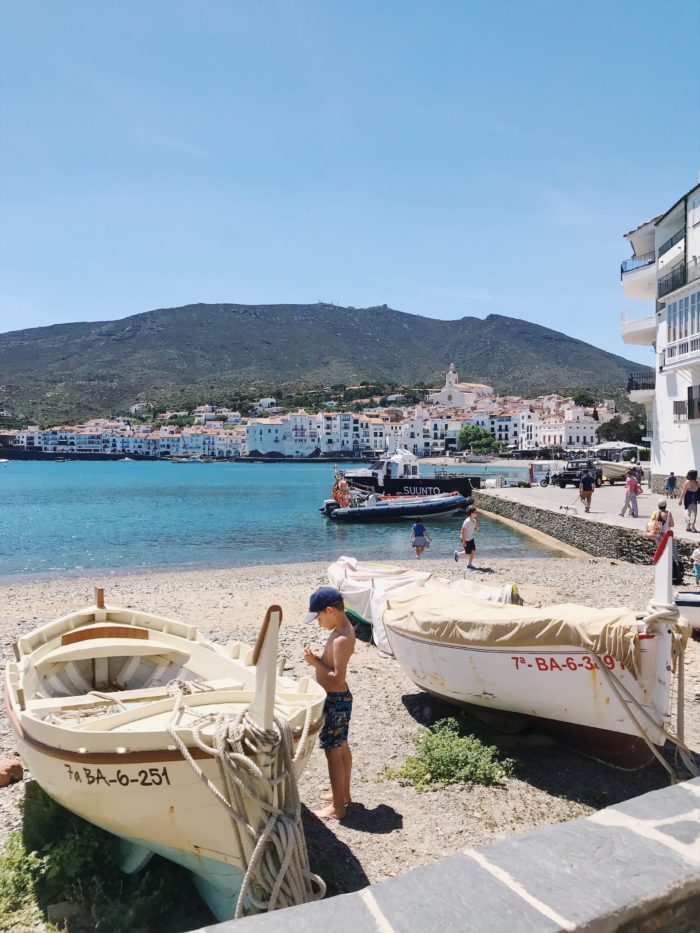
The walk took me on a walled trail, lined with cacti and olive groves, over craggy stones that were supposedly extracted from the shores of the sea and shaped by the waves.
I confess I’d worried at first, when we all went to tiny Port lligat for lunch, that it was our primary destination. I hadn’t yet seen the old town, and was so relieved to see the glistening, beautiful bay of Cadaqués, with the Church of Santa Maria at its center. It was magnificent in its own right, but that relief made it sparkle all the more.
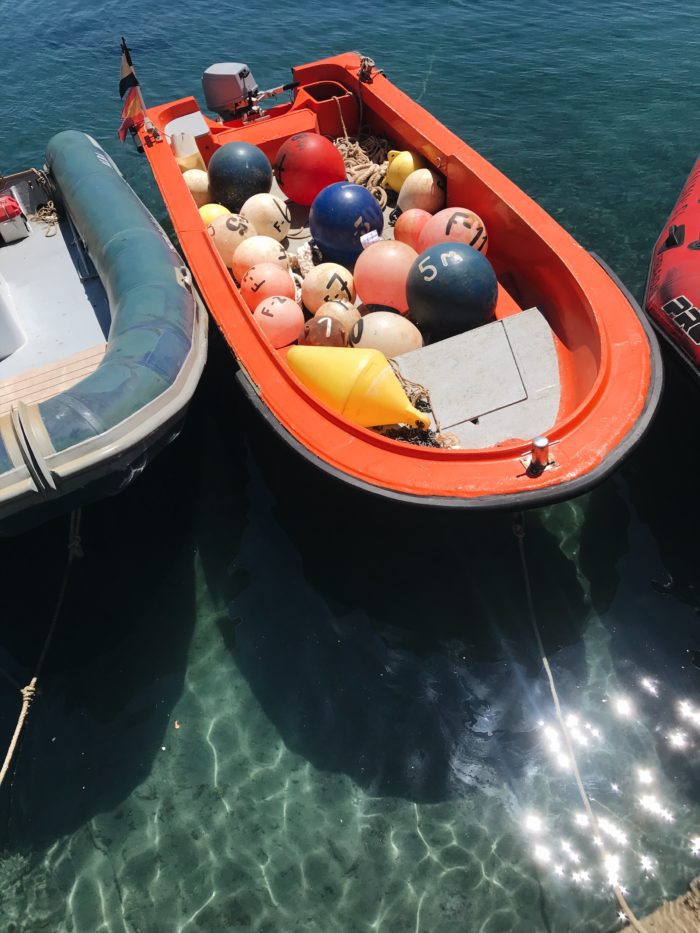
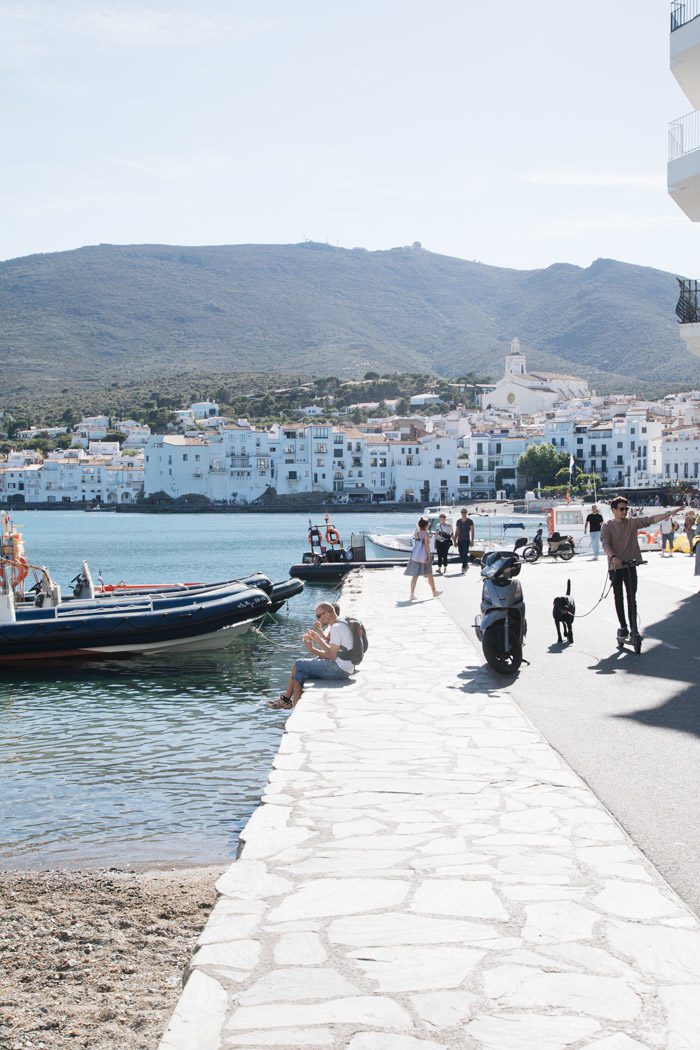
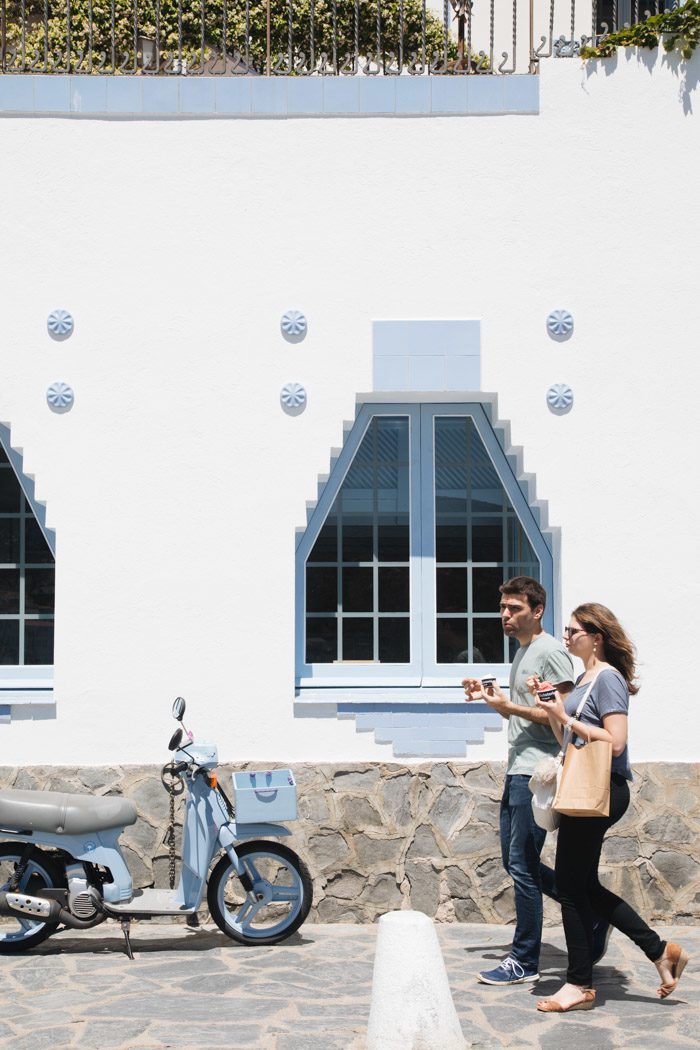
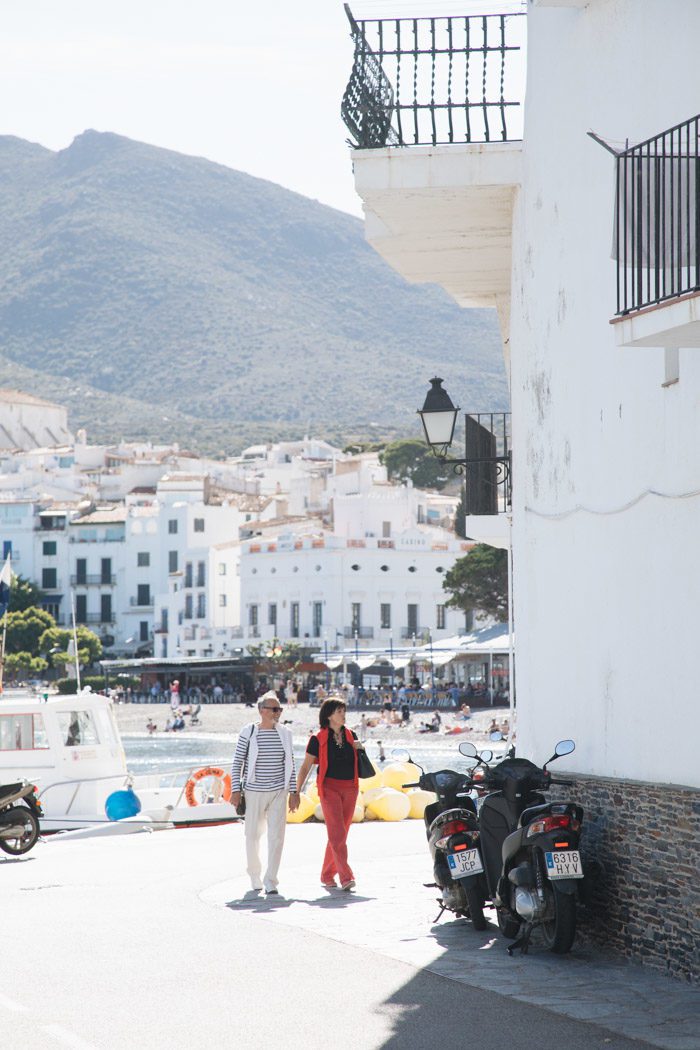
I followed the promenade along the harbor to the main square, made up of pétanque courts and fronted by a bronze statue of Dalí. There were gelaterías and hat shops, boutiques selling towels and Breton-style striped shirts—hallmarks of a resort. A boat filled up with divers and their tanks and I wished for a moment I’d brought my divers’ card.
Most of the tourists around me seemed to be speaking French. I later read that the summer holidayers tend to be French families, “upmarket but not snooty,” and that fit my impression exactly. ‘Well-heeled,’ my mother might have said.
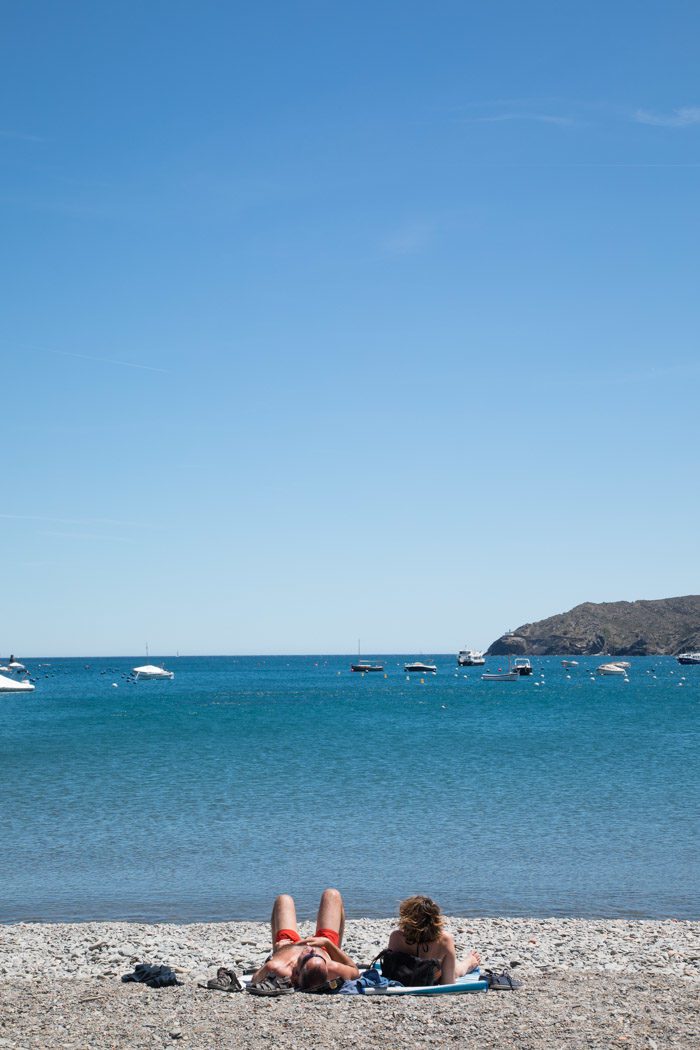
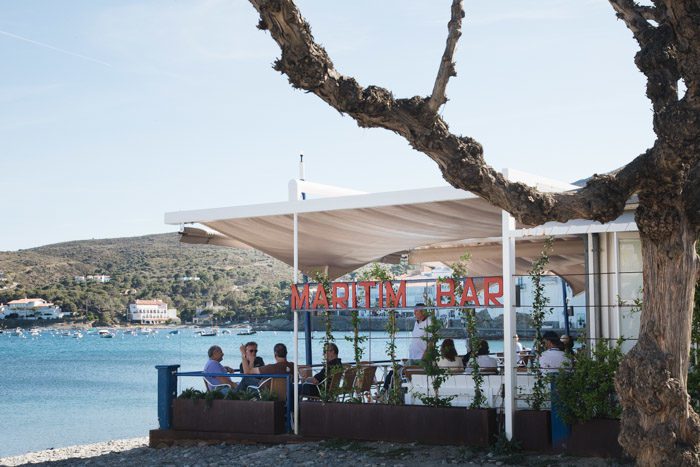
There were plenty of people out enjoying the sunshine, but not too many in the water yet. It was May, after all—still chilly in the sea. But I gathered that the town really gets busy in the height of summer.
I looked forward to spending more time there, perhaps enough to get lost in its labyrinthine streets, but it was time to return to Dalí’s house.
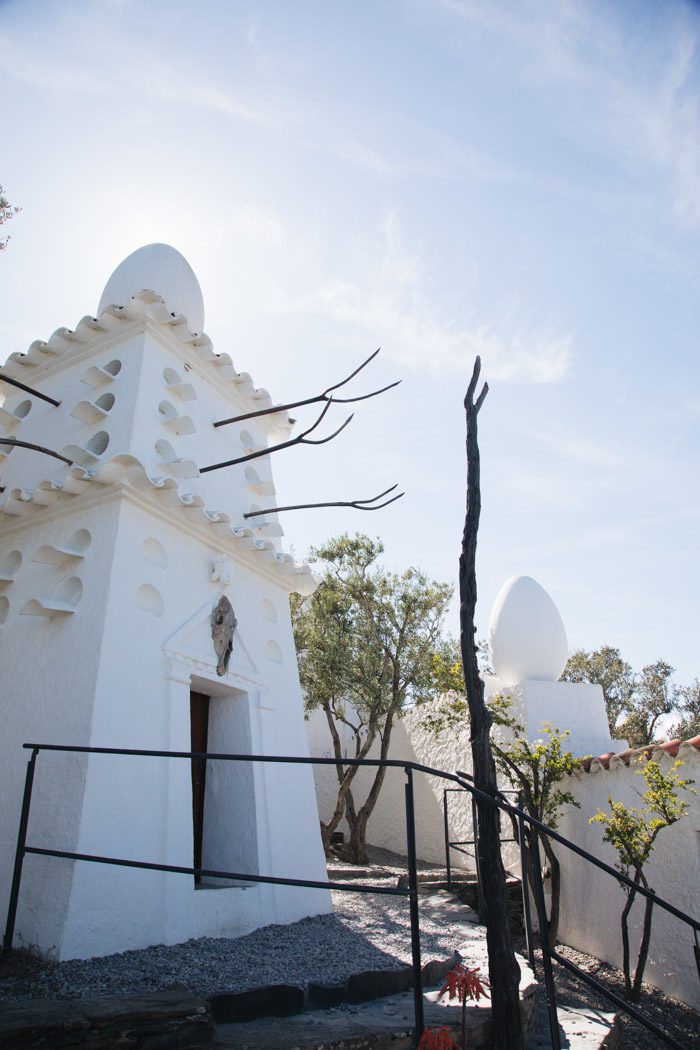
The Casa-Museu de Portlligat, the Salvador Dalí Museum, was where the artist lived and worked until in 1982. (With the death of his wife Gala, he moved to Púbol.)
He’d first purchased the fishermen’s barracks in Portlligat—attracted by the landscape, the light, and the isolation—in 1930, and then added to it over forty years: “like a true biological structure … Each new impulse of our life was a new cell, a chamber.”
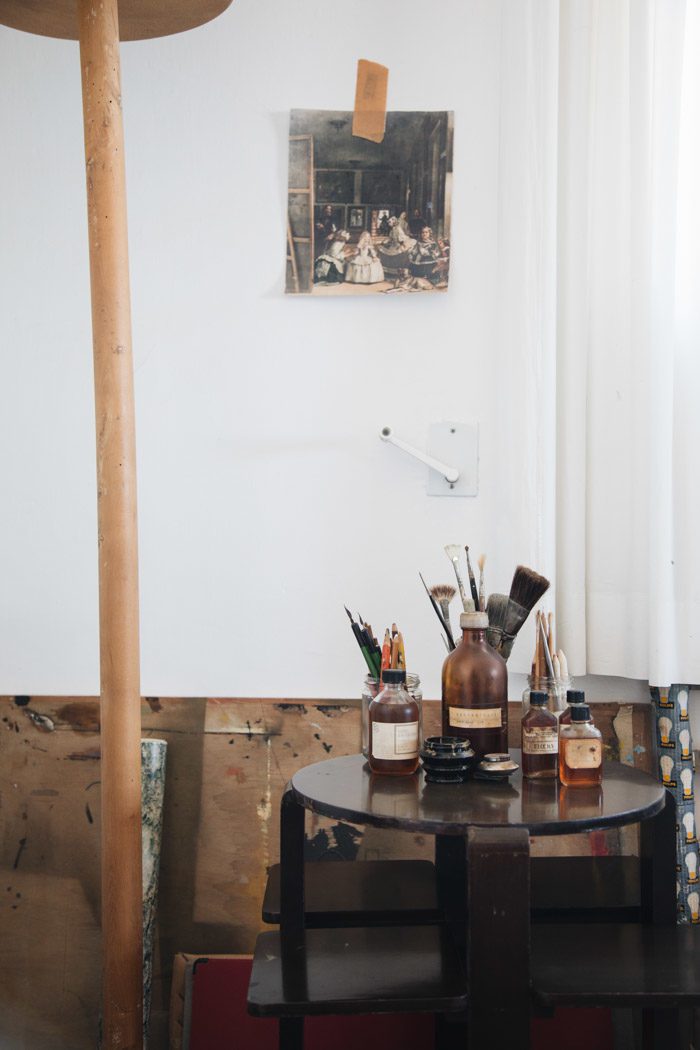
To visit, one has to get an appointment far in advance and arrive half an hour before to collect it because of how tightly the visits are planned—and it’s definitely a must if you’re in town. We met our guide and split into two groups, as only a small number of people can move through the house at one time.
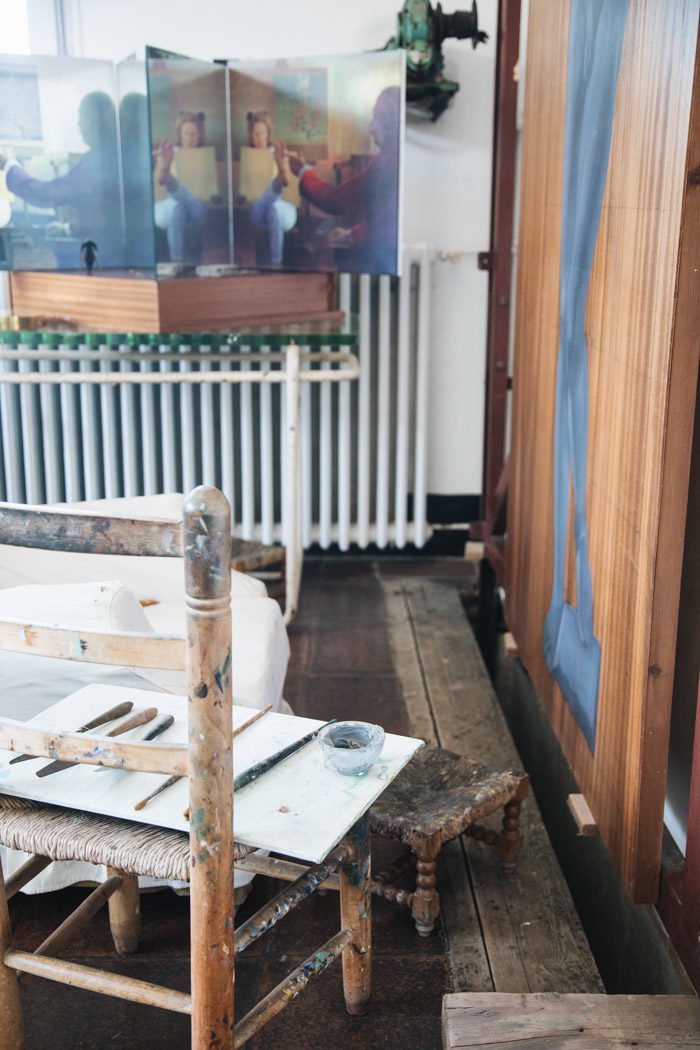
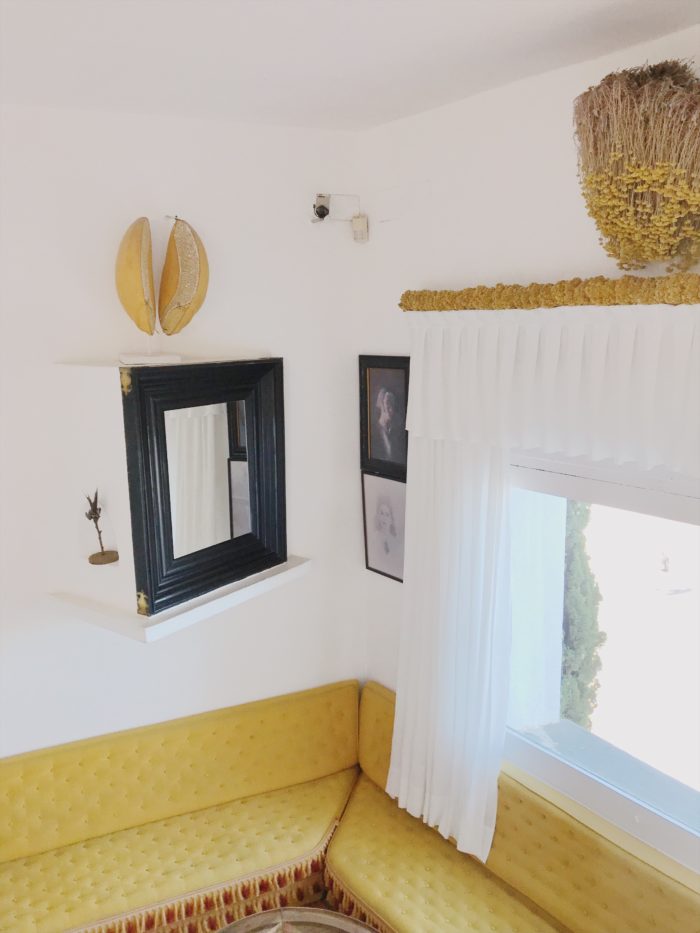
It was eccentric and creative and really fascinating—more than I would have thought for someone who isn’t a big fan of surrealism. His work spaces were special, but I just loved seeing how he and his wife created this whole space to be such a personal expression of themselves and their passions as much as their whims.
Above is a mirror he had positioned so that he could wake up in the next room and look into its reflection to see the sun rising. Rooms throughout, like this, were adorned with bunches of yellow Sempervivum, Gala’s favorite flowers.
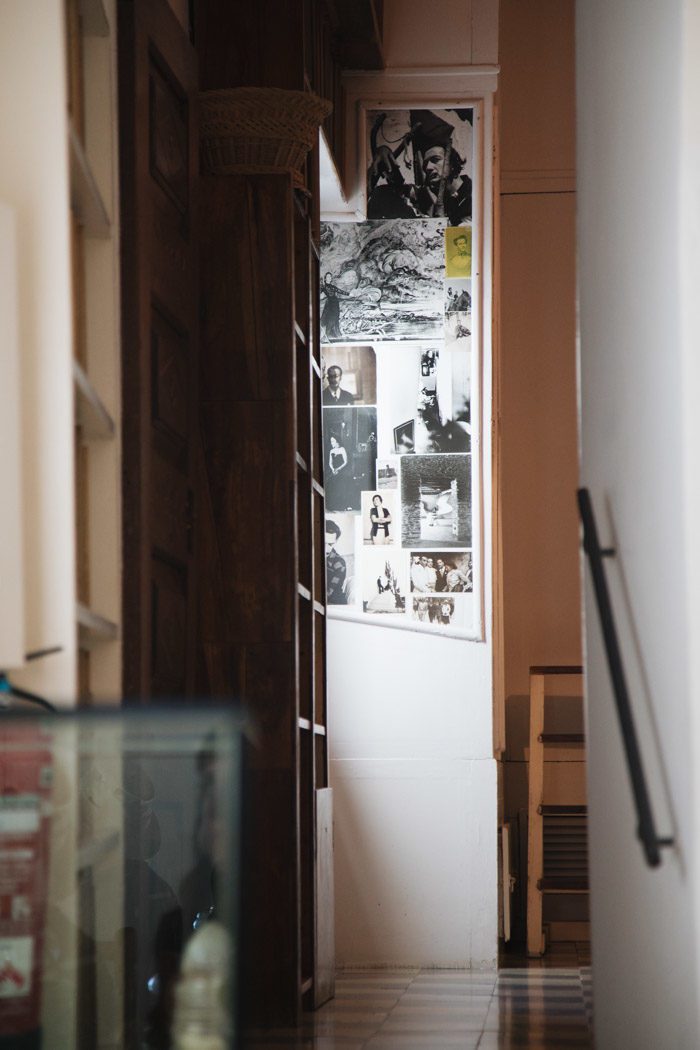
I especially appreciated a wall of photographs showing Dalí and Gala living in Port Lligat, as well as of them with famous friends. Later, when I looked at the espadrilles for sale around town, it made me smile to think back on these photos which often showed Dalí wearing them.
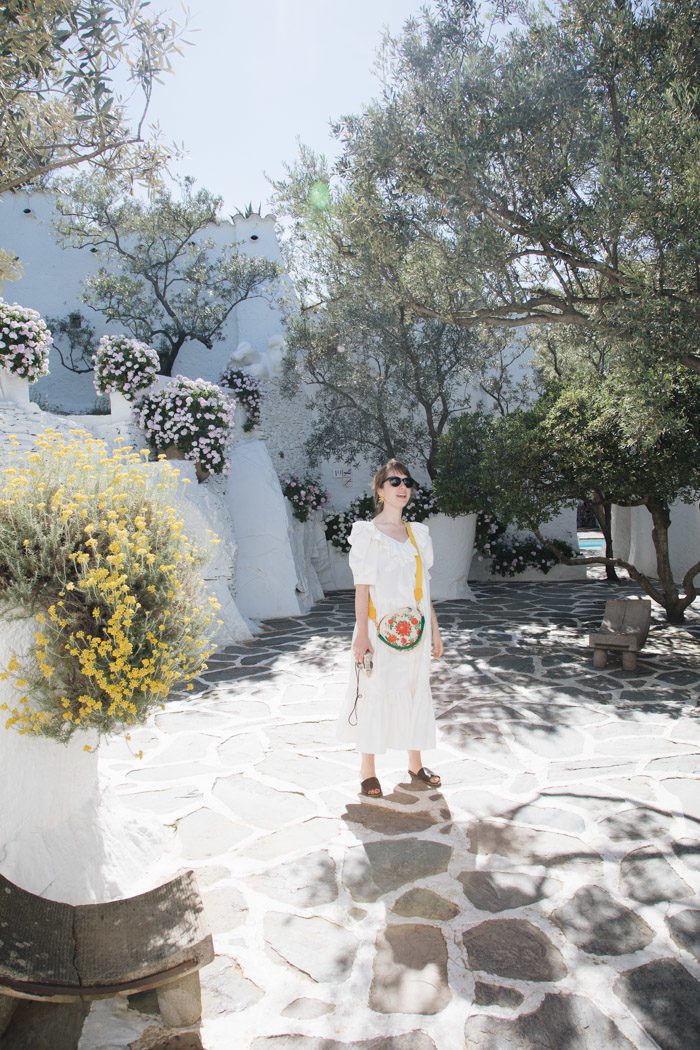
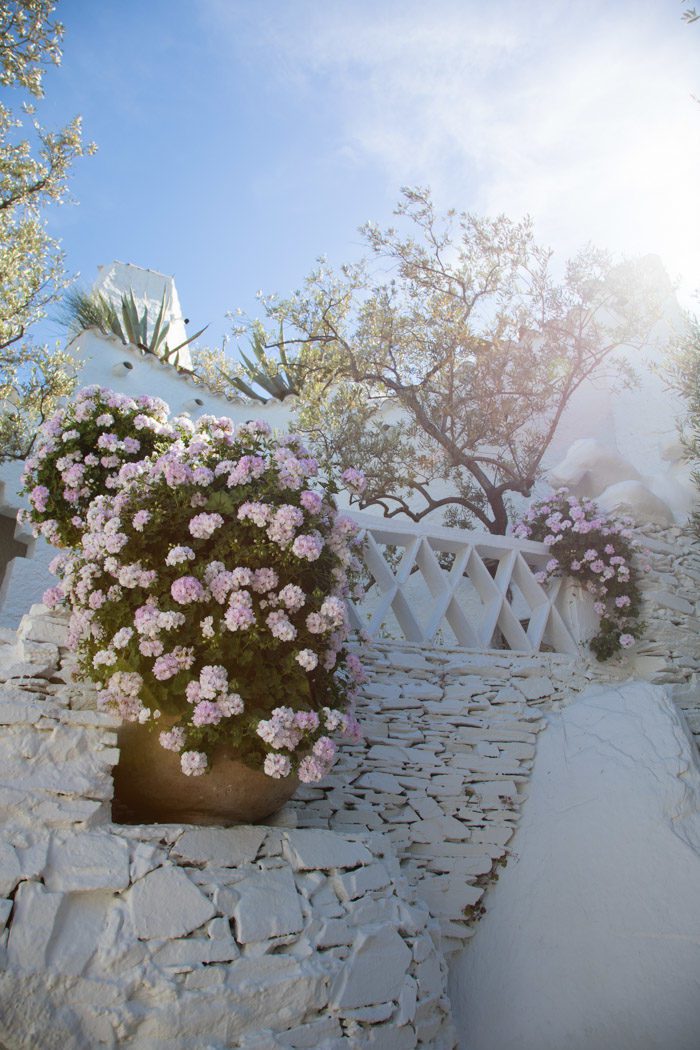
And yet my favorite part of the tour might have been the outside of the house with its white-washed courtyard, playful (and phallic) pool, and surrounding olive groves—all with the backdrop of the brilliant, blue sea.
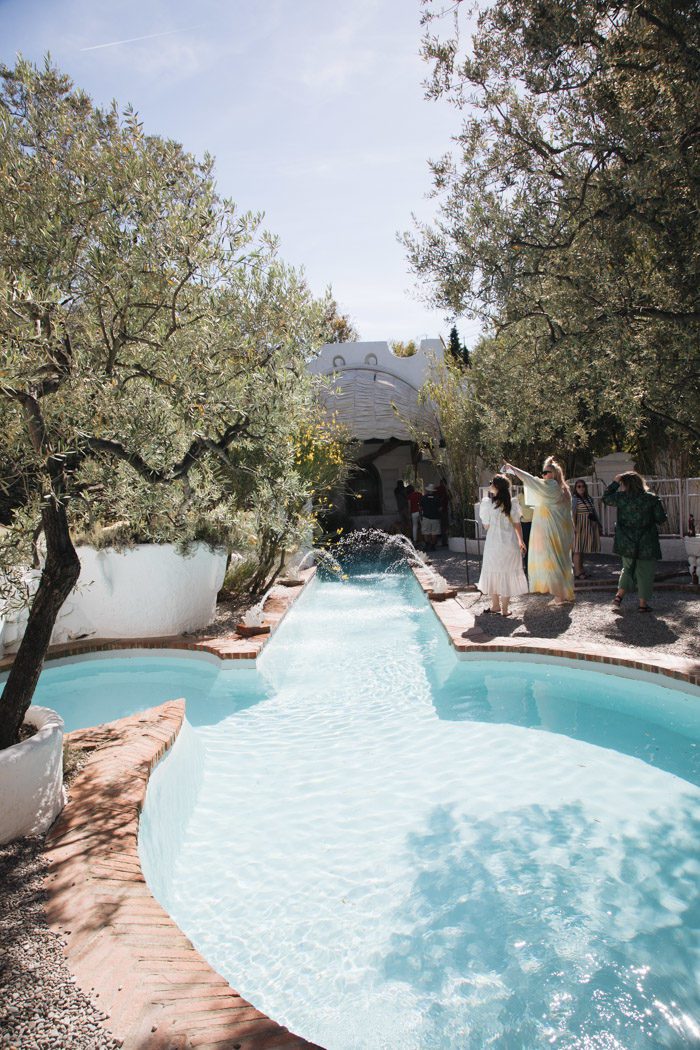
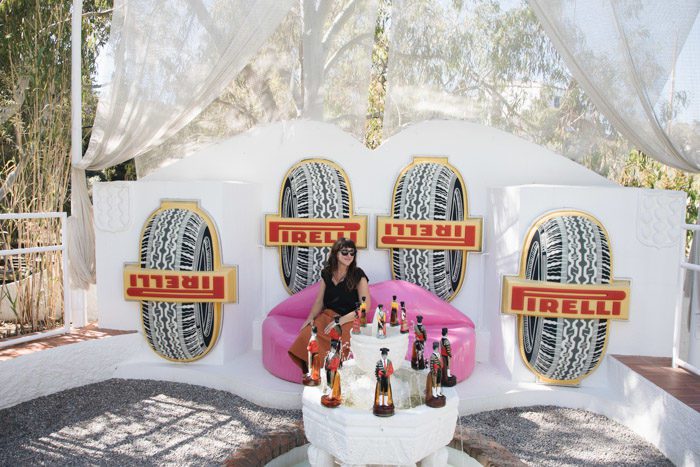
Apparently many artists besides Dalí came through Cadaqués—Duchamp, Picasso, and others—and its legacy continues to draw more artists to settle in the small town. Going on gallery visits is one of the main activities suggested for visitors.
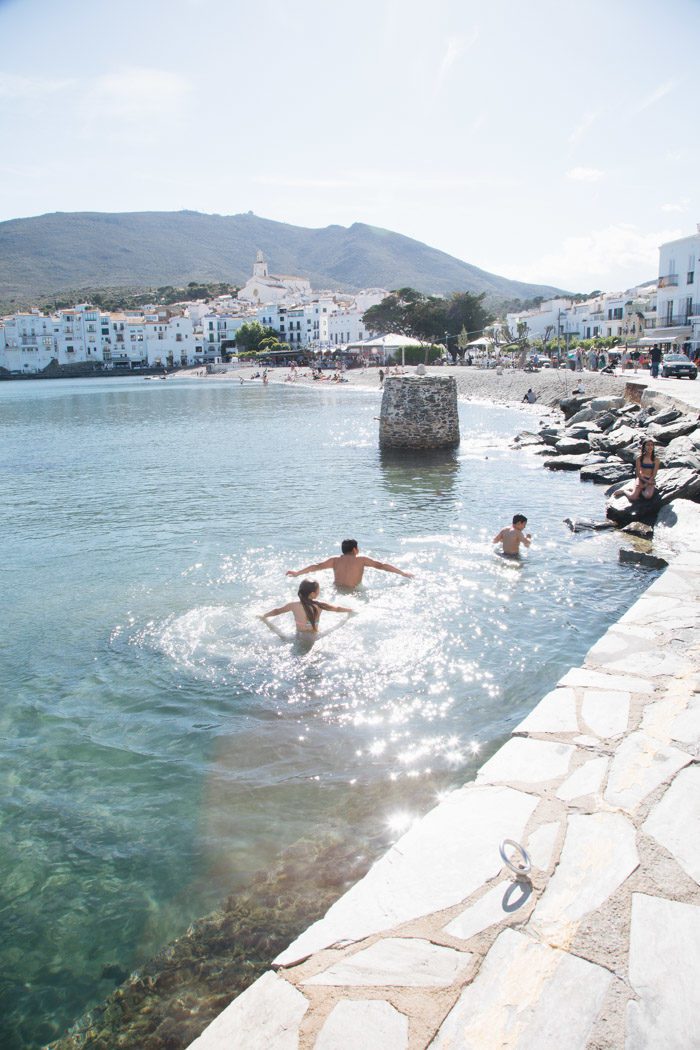
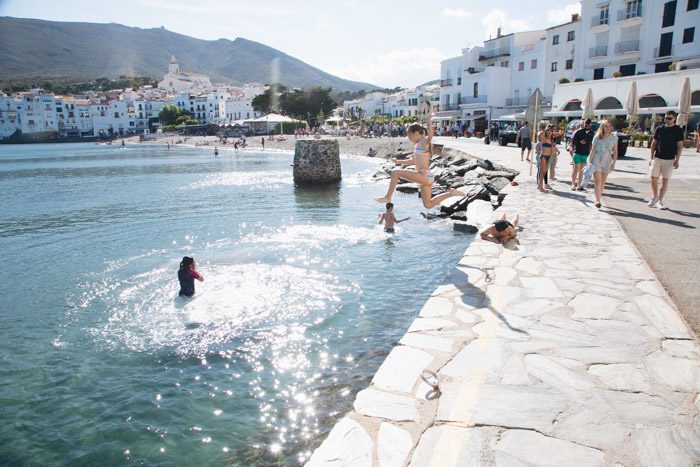
After the tour, we all walked back to the old town. The afternoon sun was warm and one could feel the joy of a new season. Children leapt from the promenade into the water and boats arrived on trailers, soon to join them.
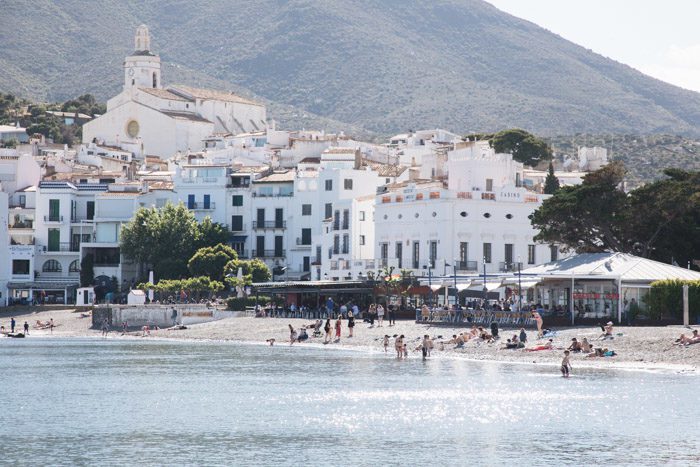
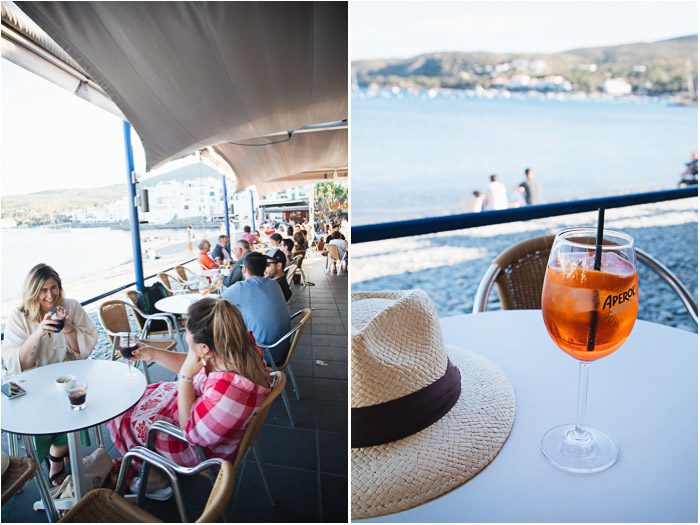
Everyone spent the afternoon going in different directions—some back to the hotel, some to shopping. I sat down for a Spritz and a vermouth with a view and some friends, and then met up with the others for a less memorable dinner.
I wrote a bit more about some of the ups and downs of group travel in my Barcelona post and I found the most challenging part was often meal-times. Sticking together was more fun, but it large groups tend to end up with less stellar meal options. We ended up at a pizza place just off the main harbor square and it was pretty disappointing—particularly because the region has a reputation for wonderful food.
Josep Pla once wrote about the best of the local cuisine: “In Cadaqués, there are four maritime-terrestrial delights: in winter, the garots or sea urchins (which in other places on the coast are called garoins); in the spring the mussels of rock; In summer, crustaceans such as lobster, lardines (homard in French) also known as “llobregants” or “llobegants.””
In other words, I’d suggest, if you’re lucky enough to find your way to this place, that you skip the pizza and seek out some seafood!
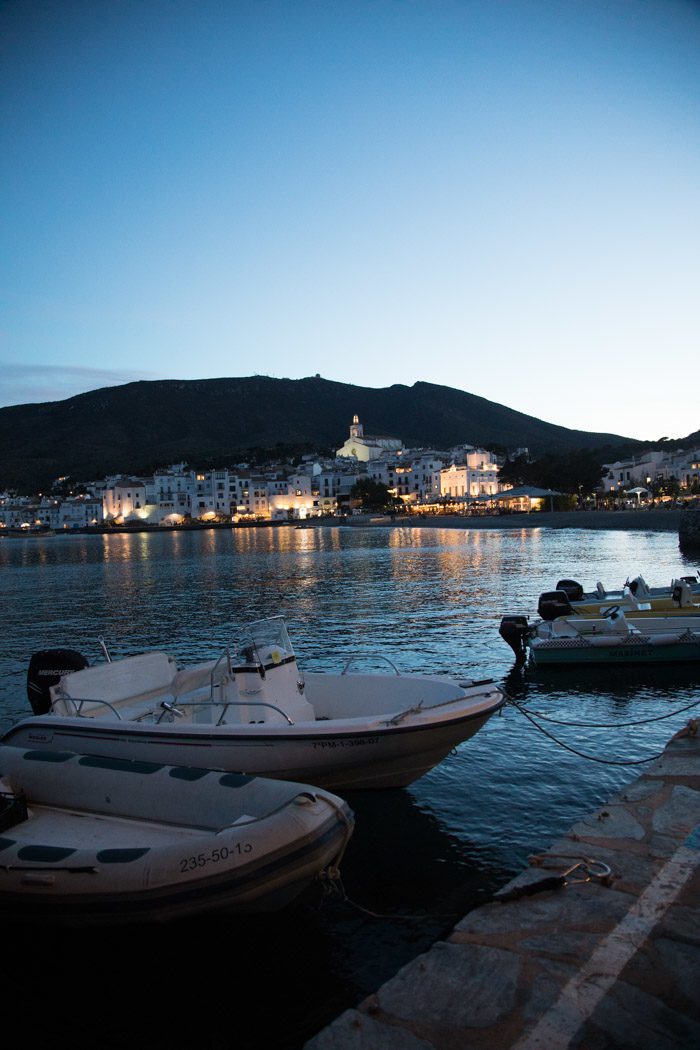
No matter, though—a creamy gelato-finish and a glistening bay made up for it.
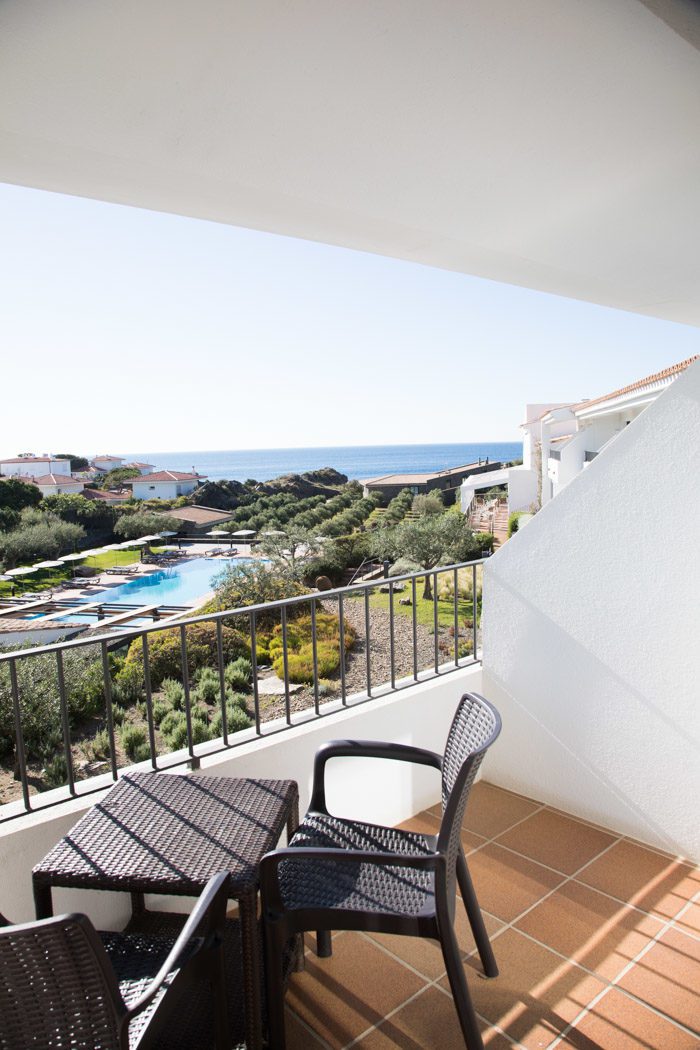

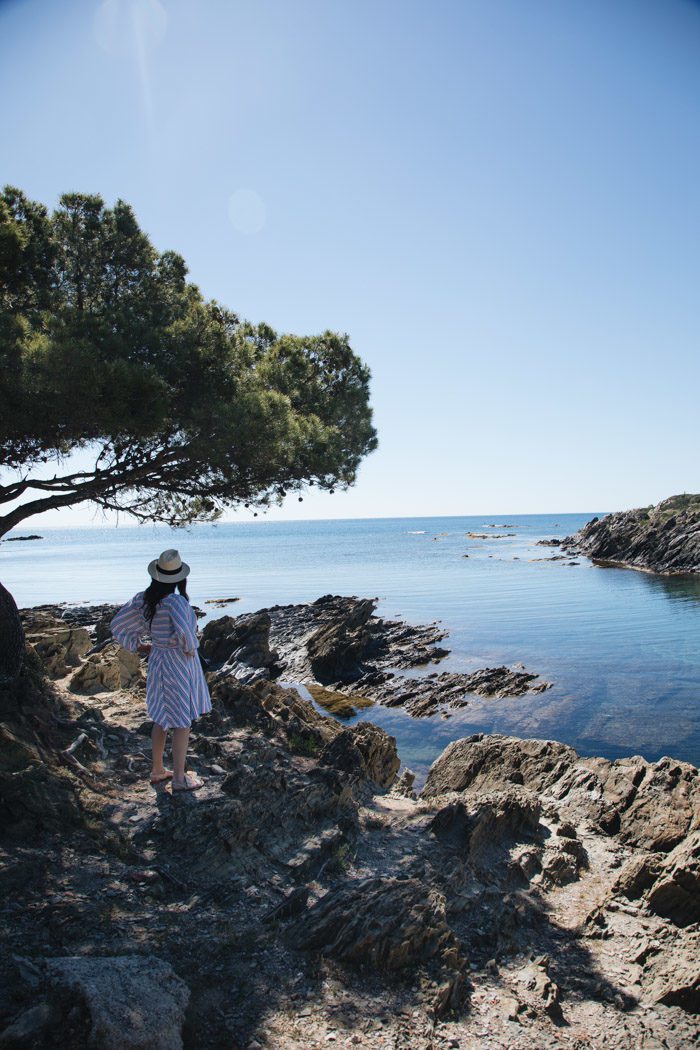
The next morning, after breakfast, Jordan and I decided to follow the coastal trail into town. We got just a small taste of the coves of the Cap de Creus, and the surrounding crystal clear waters, but I’m so glad we did! There were so many gorgeous vistas. I found myself looking at the rental houses along the way and trying to take note of which I’d like to stay in on a return trip.
The main park of the Cape, however, where one can kayak and hike and swim in small coves was beyond Port Lligat. If you make it there, it looks like there’s a bar and restaurant with incredible views to reward a hike to the top.


Back in the old town, we found the rest of the group, finishing up photoshoots and scouting for souvenirs.
Most agreed that two of their favorite stops were Colmado and a store selling espadrilles next door, S’espardenya de Cadaqués. But there were lots of cutes shops tucked here and there, and it was fun to just wander.
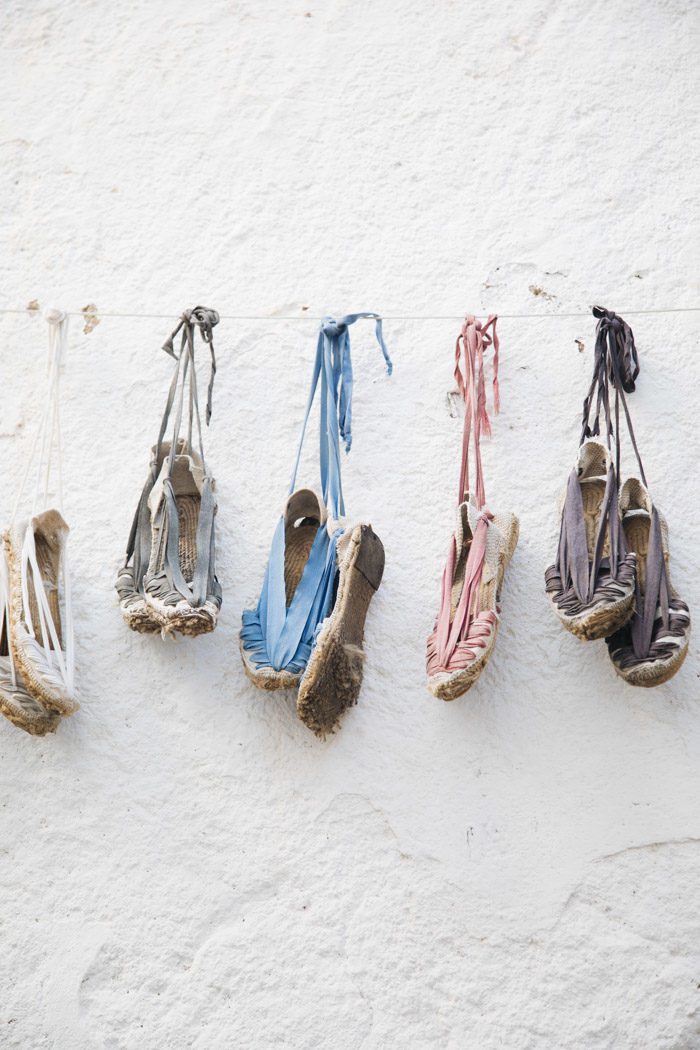
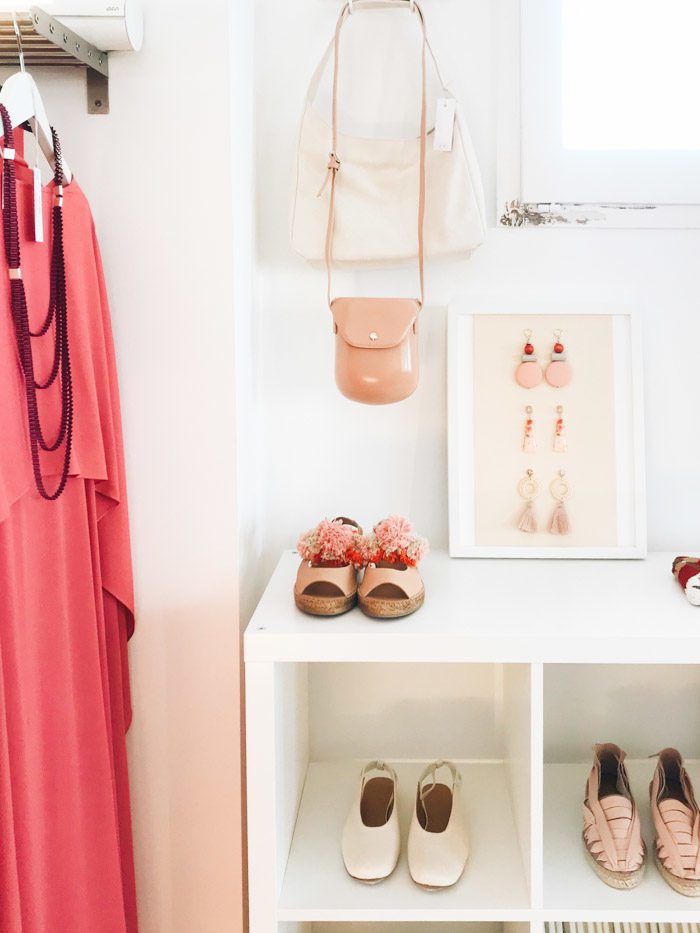
My favorite stop was perhaps Blanco Mora, which had taken more traditional styles and updated them.
Also: Pepa, MO, and Rosa Cadaqués (florals I wish I could’ve brought back). And I learned Es Fornet bakery is the place to try local pastries.
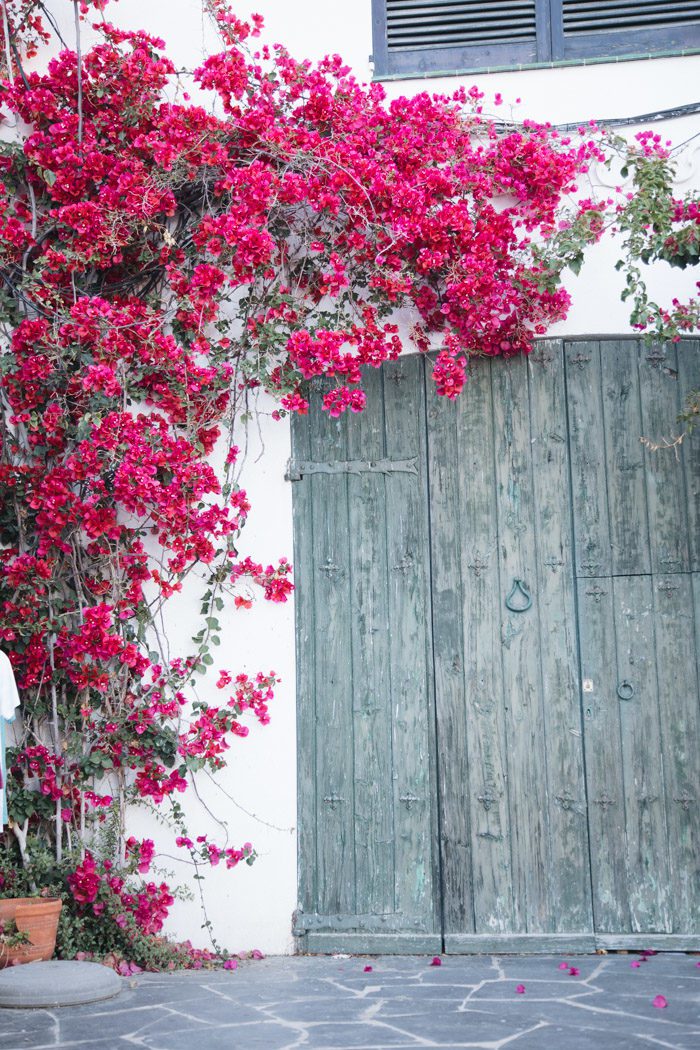
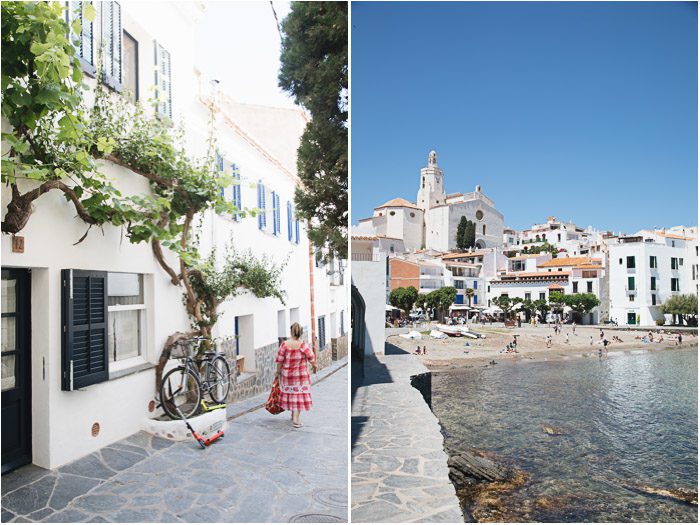
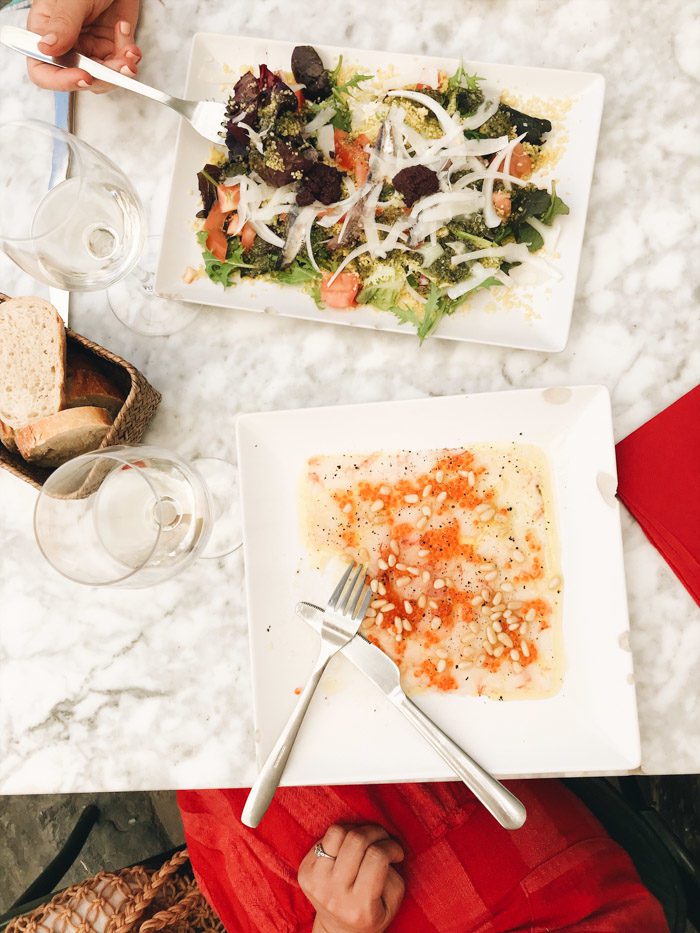

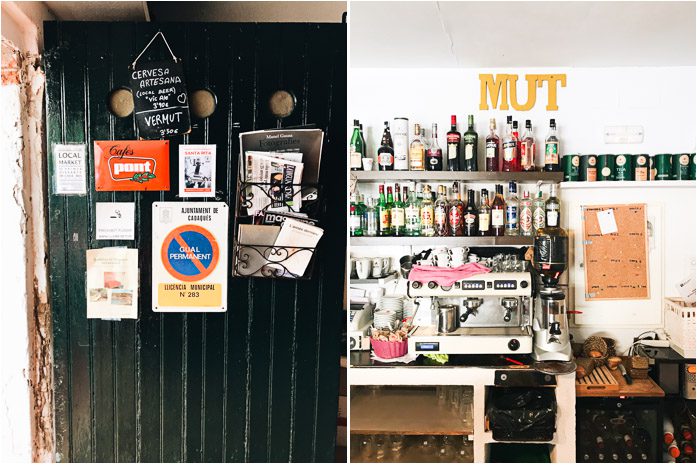
Jordan and I wandered enough to work up an appetite and ended up at Bar Mut, with its cluster of terrace tables facing out to Port Doguer—and it turned out to be a wonderful decision.
I had a carpaccio of shrimp with pine nuts and citrus and olive oil that was so fresh and delicious—and unique. I wish I could taste it again right now!
Then, a few drinks and an espresso later, we met up with the others and boarded a sailboat in the harbor that would cruise to the border of France and Spain—stopping just long enough for a swim.

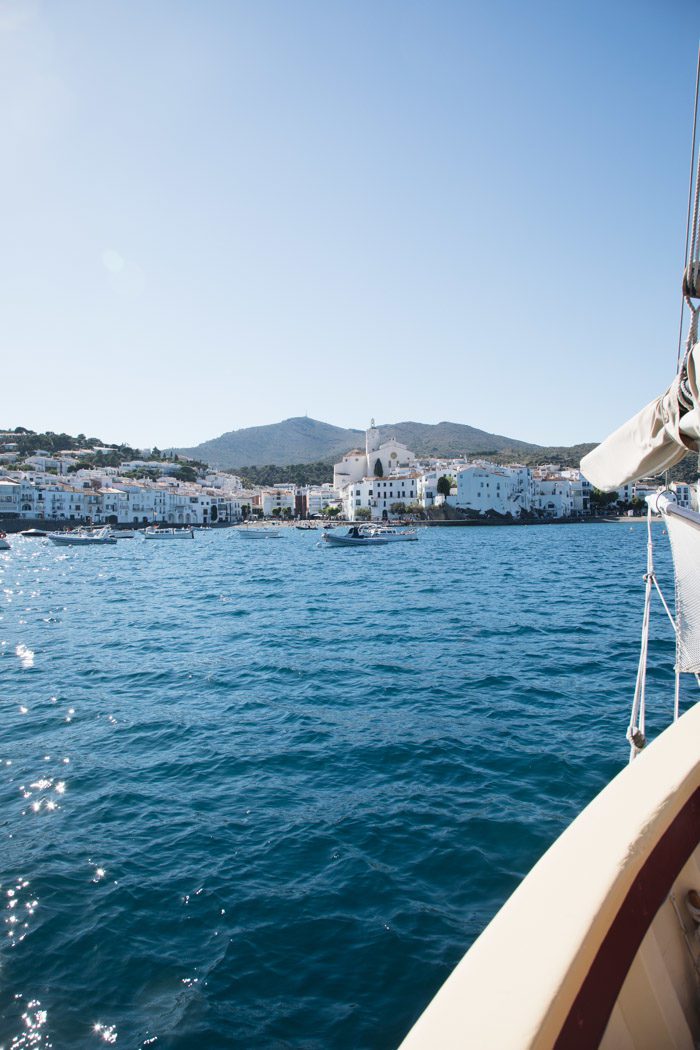

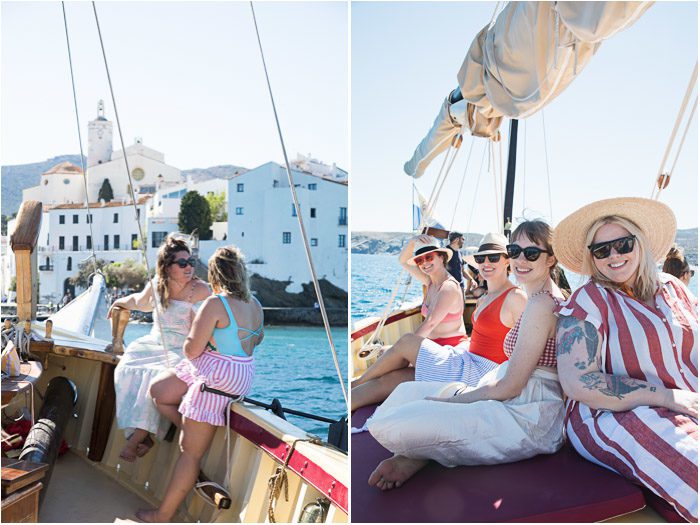

The water was cold, but it was definitely a highlight of the trip!
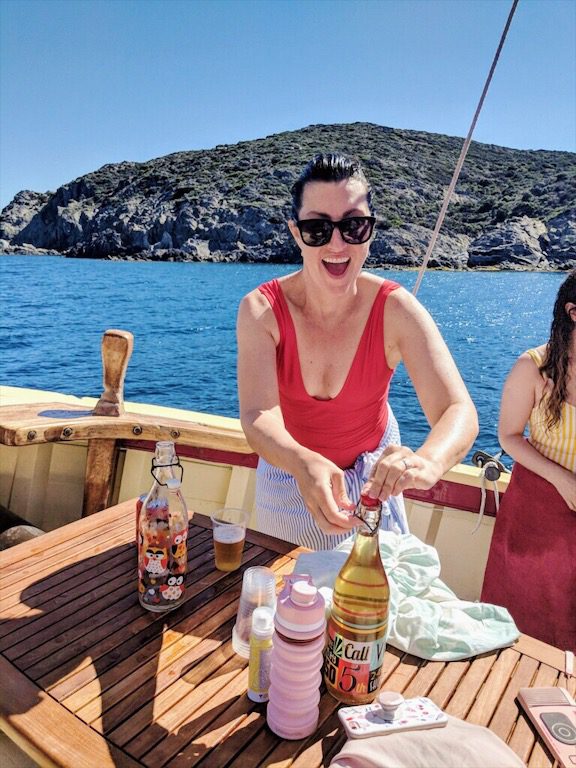
We all shared wine and beer as slices of bread with tomato, a little olive oil, and anchovies were set out by the crew—the flavor of the sea. It was the perfect cap to our week together.
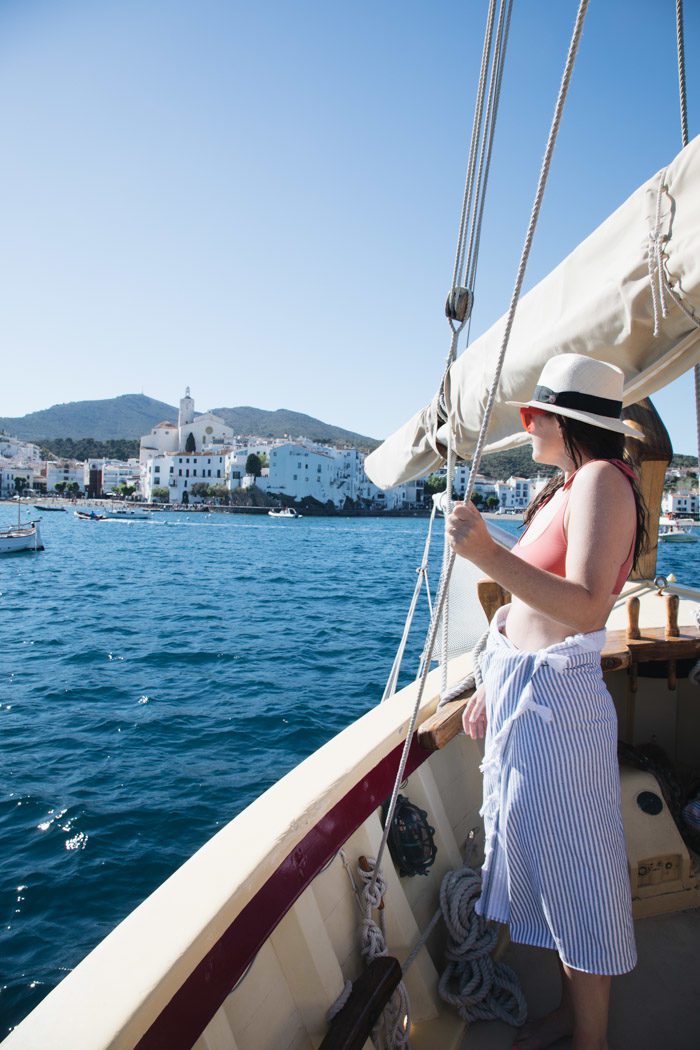

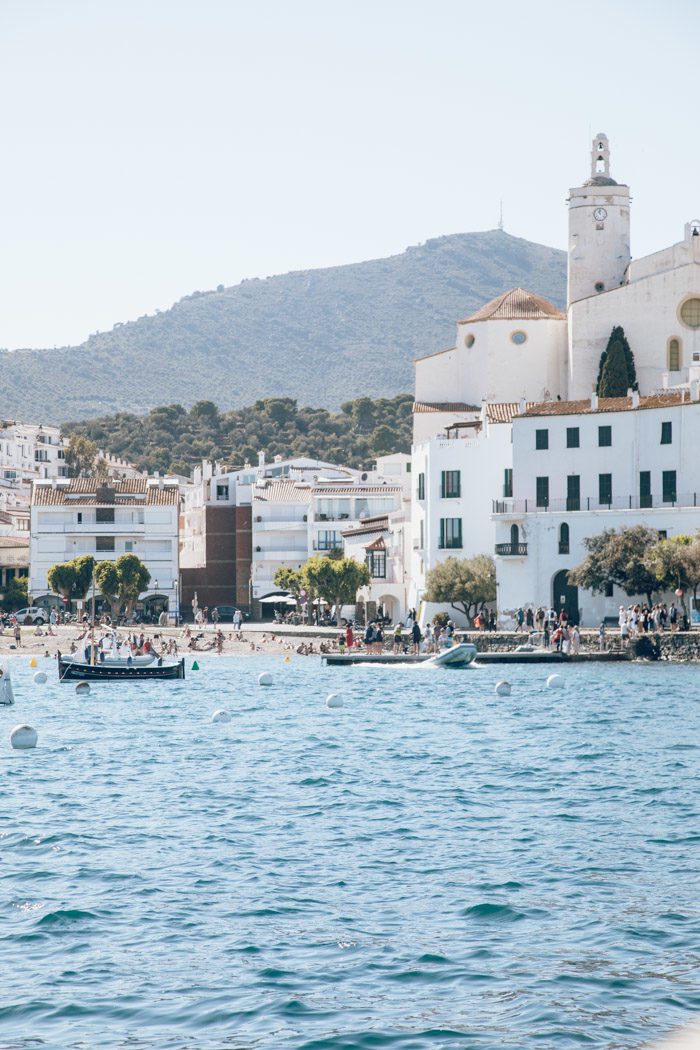
We sailed back into the harbor, now lively with the afternoon finishing.


That night, after a quick change, and a few more pre-dinner drinks at Maratim, we all gathered for one last dinner together at Compartir.
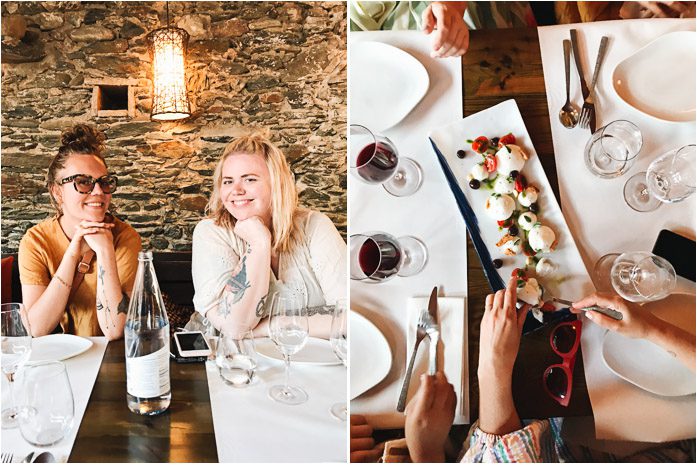
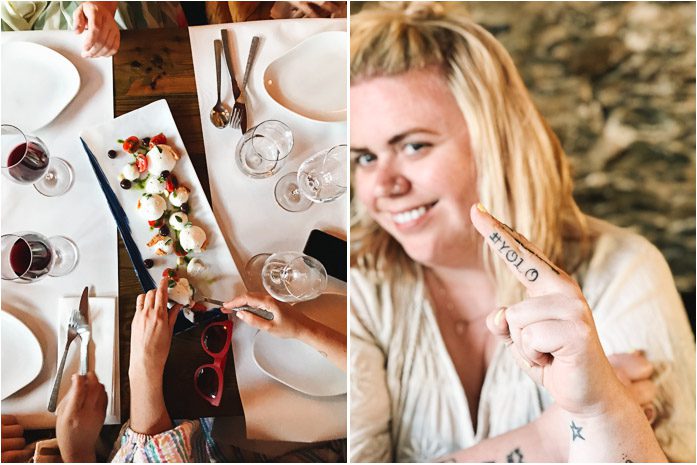
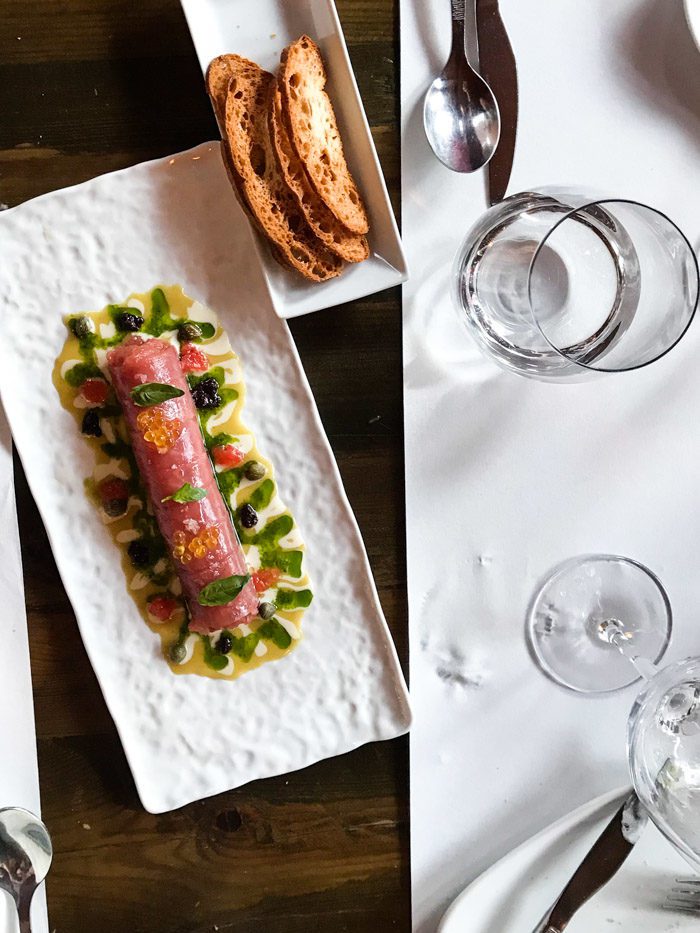
And this time, dinner was incredible!
From Lonely Planet: “Headed up by a trio of el Bulli alumni, this terrace restaurant revolves around innovative, gourmet sharing plates (‘compartir’ means ‘to share’), yet retains a (comparatively) laid-back feel. The always-evolving menu fuses traditional Catalan flavors into contemporary delights like Thai-style turbot or marinated sardines with raspberry, beetroot and pistachios. The setting is a 300-year-old house, and bookings are essential.”
Finally! It had all the flavors I’d been hoping to taste during this visit! And as much as that made me wish for more, it also helped me feel okay about having to go. We’d be departing early in the morning for the ride back to the airport in Barcelona.
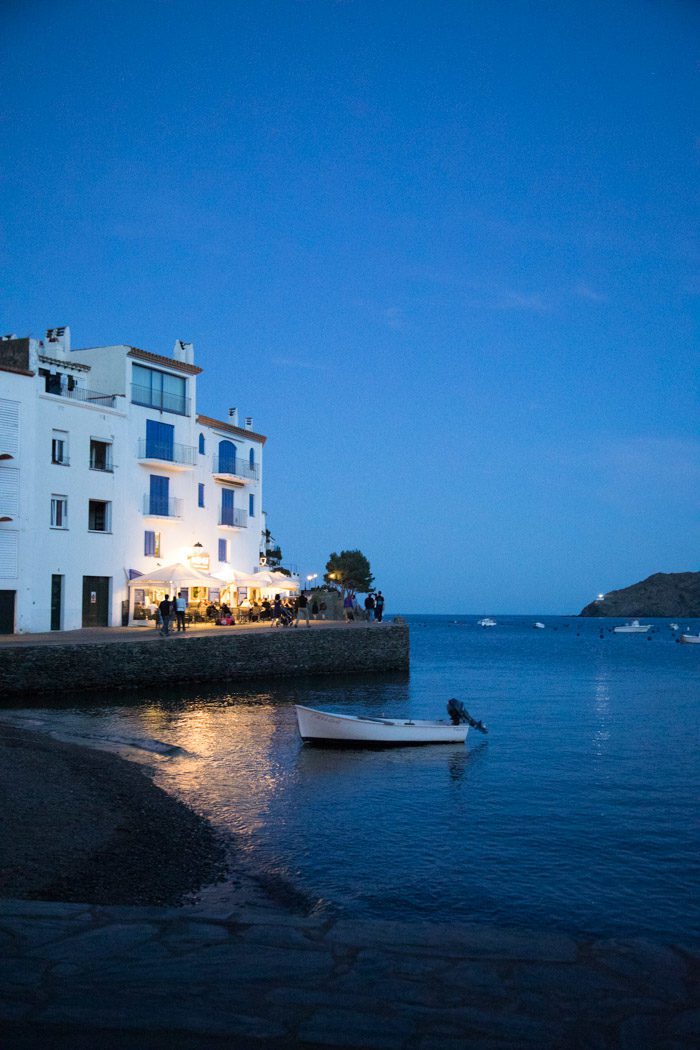
Still, I can’t wait to come back with Aron and the kids. He and I visited this part of Spain years ago, when we stayed up late in the walled-city of Girona and ate the best rotisserie-chicken in all my memory on a beach in Tossa del Mar. This place seemed to have that just-right combination of things to do and see—on and in the water, on and in the land—but so much that you didn’t have time to be idle.
I think we’re due for a return together soon.
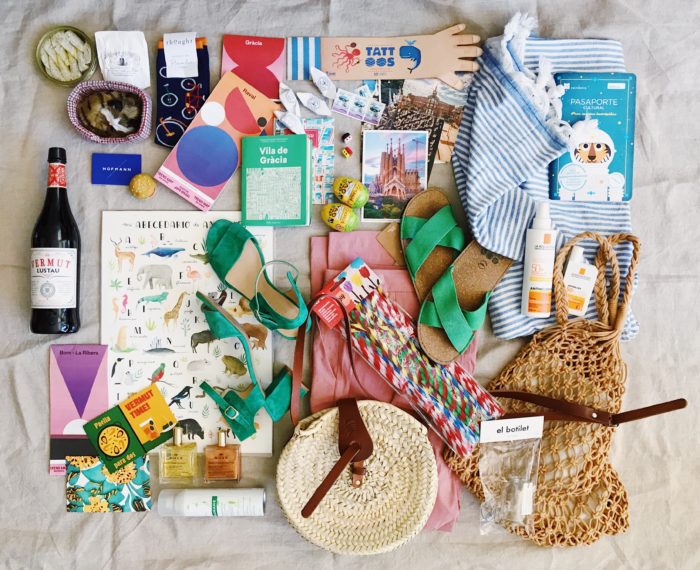
When I came home, I laid out the treasures I collected—some for me, some for others. In Cadaqués, I picked up a new favorite beach towel, some sweet sea-worthy temporary tattoos, and a market bag. It was tempting to buy more straw purses (they were everywhere!), and a pair of espadrilles—both of which would be the souvenirs I’d recommend others seek out—but I held back.
Of course, not pictured are the best souvenirs of all: the memories and the snapshots I brought home. Cheesy, but true.
Tell me, have you been? And if yes, which villages on the Costa Brava are your favorite? I’d love to explore all of it!
P.S. The first part of my week, in Barcelona.
[Also, many of the ladies in these pictures are doing really fun work, so I thought I’d share: Ali LaBelle & Christina Winklemann (hosts), Creative director and Brand Marketing for Ban.do; Jordan Ferney, Oh Happy Day & Color Factory; Sarah Greenhaw, Brand Experience at Free People; Sharon Taylor, Design director/Ink & Mortar; Hail Nowak, All Hail Design; Shana Wanco, Iris and Marie Letterpress; Maria Filar, Lettering & Illustration (she made portraits of all of us!); Ekaterina Maksabedian, Pom Pom Design; Samantha Hanlin, Brand Strategy; Elizabeth Puente; Kati Driscoll, Clover Hunter; and Emmy Huenergardt, Debbie Bean Stained Glass]

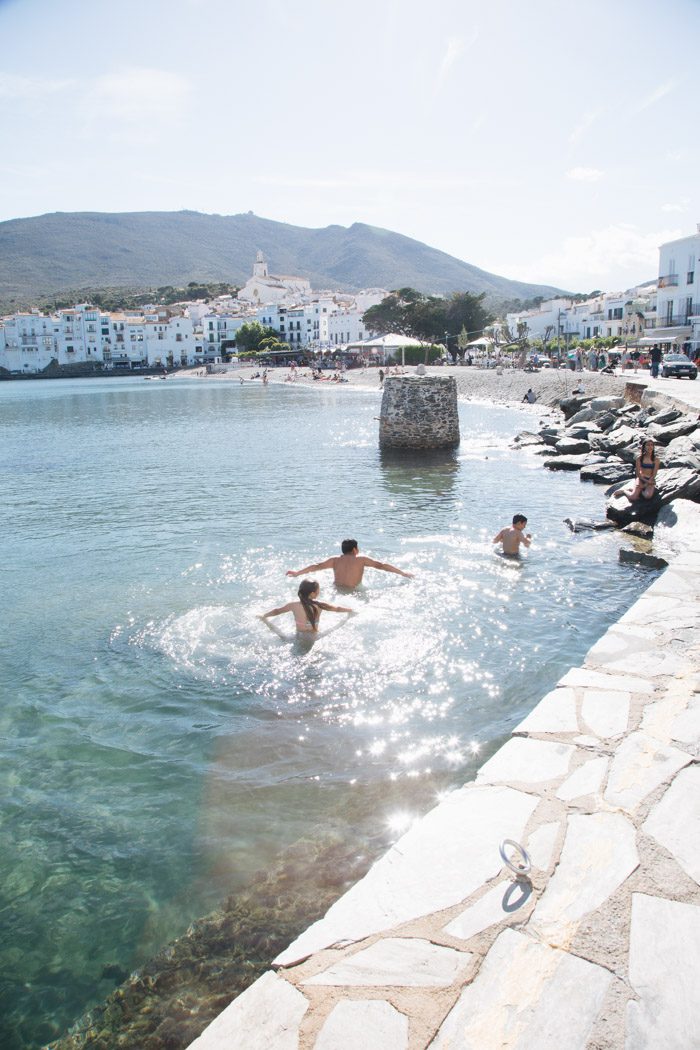

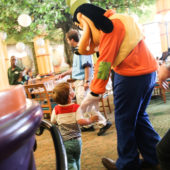


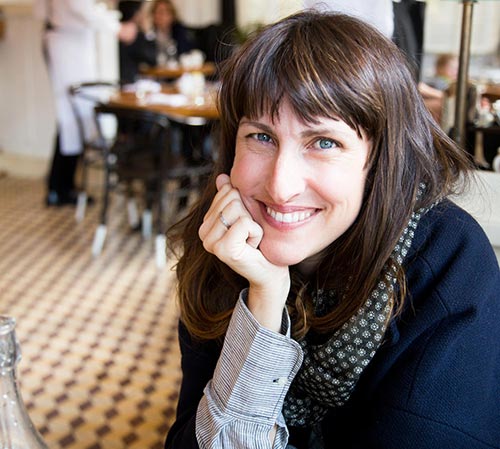

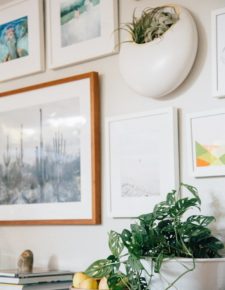
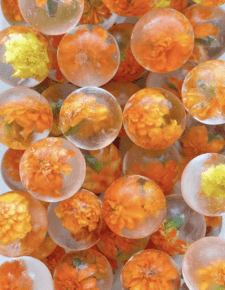
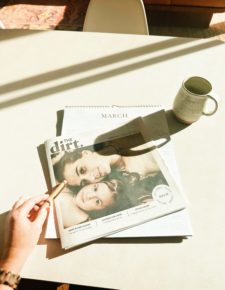
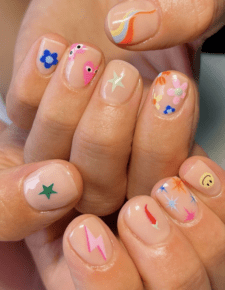
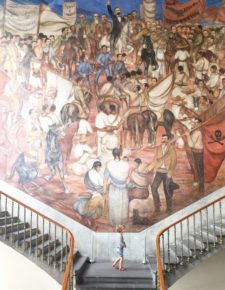
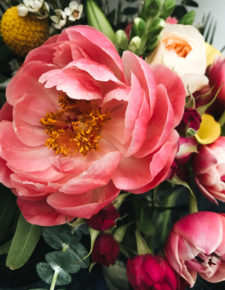
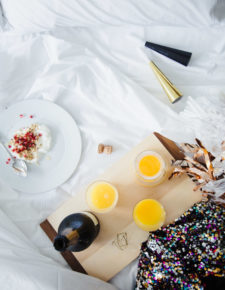
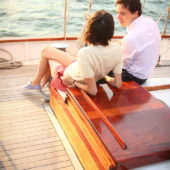

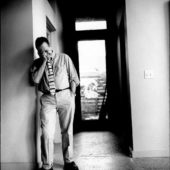

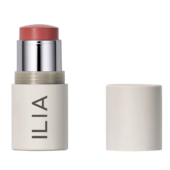
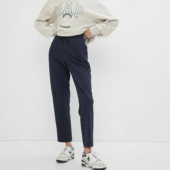
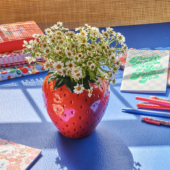
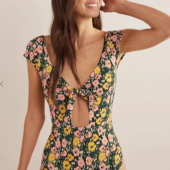
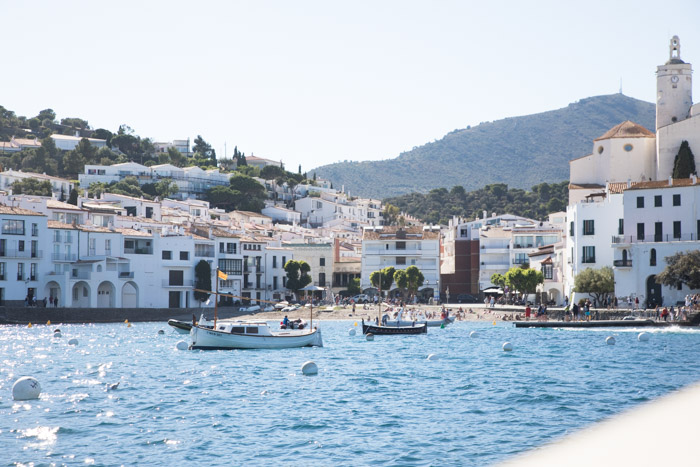
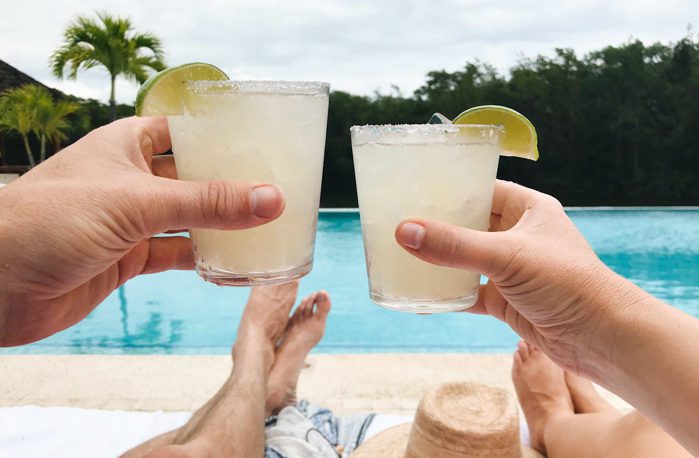

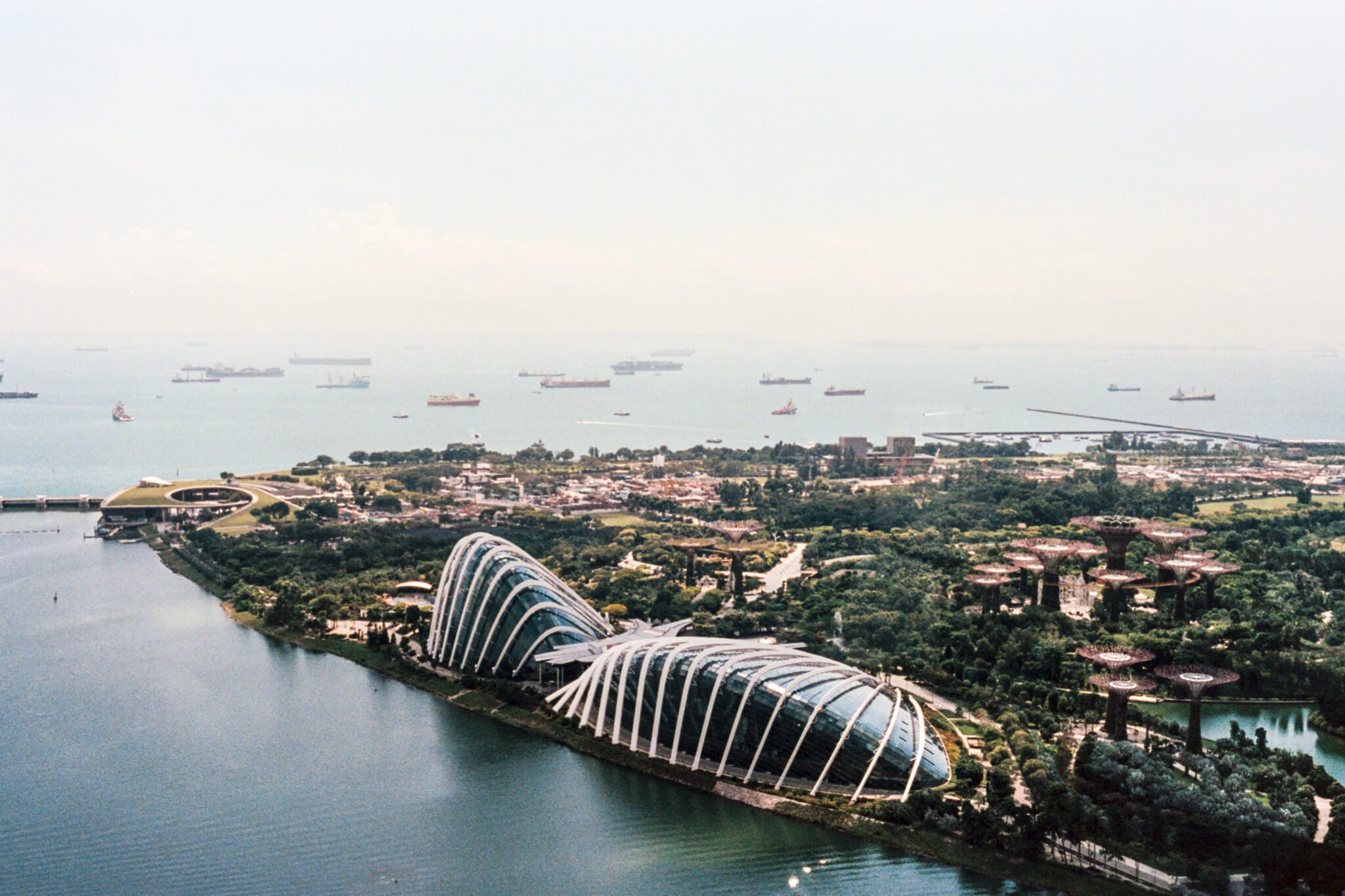
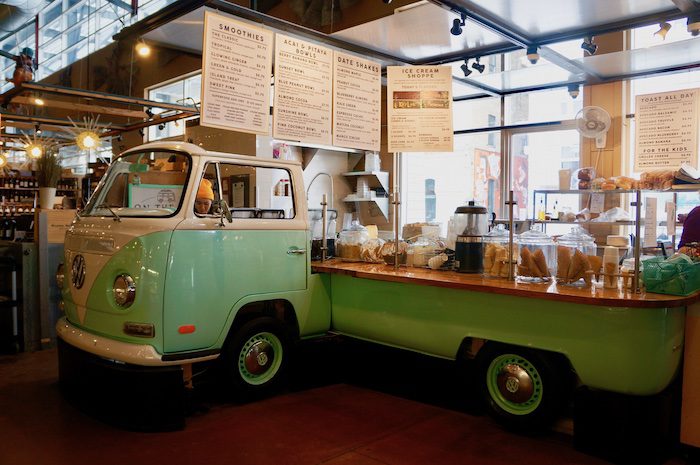
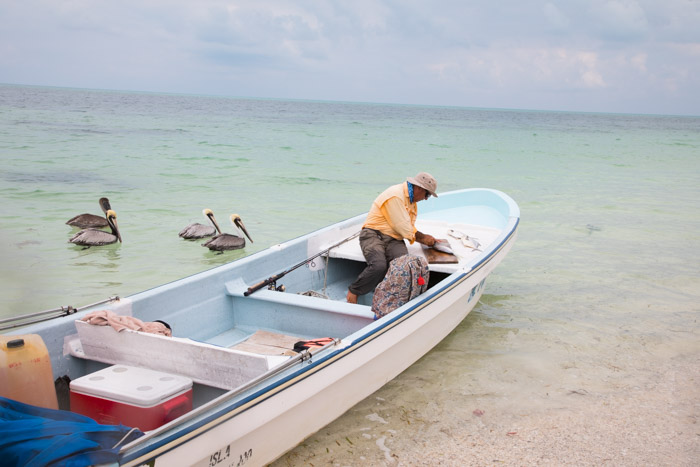
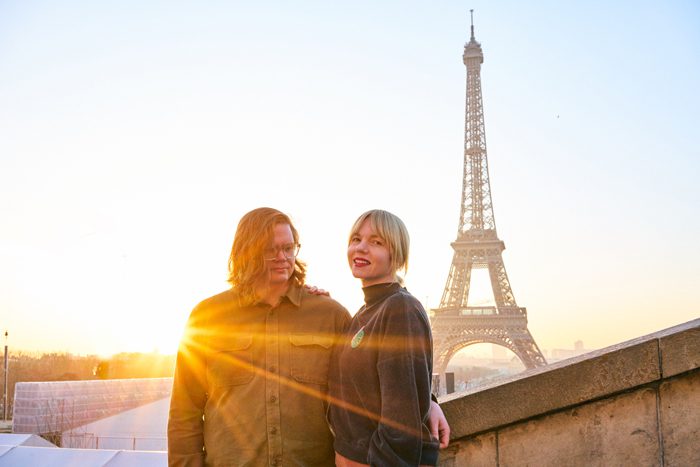
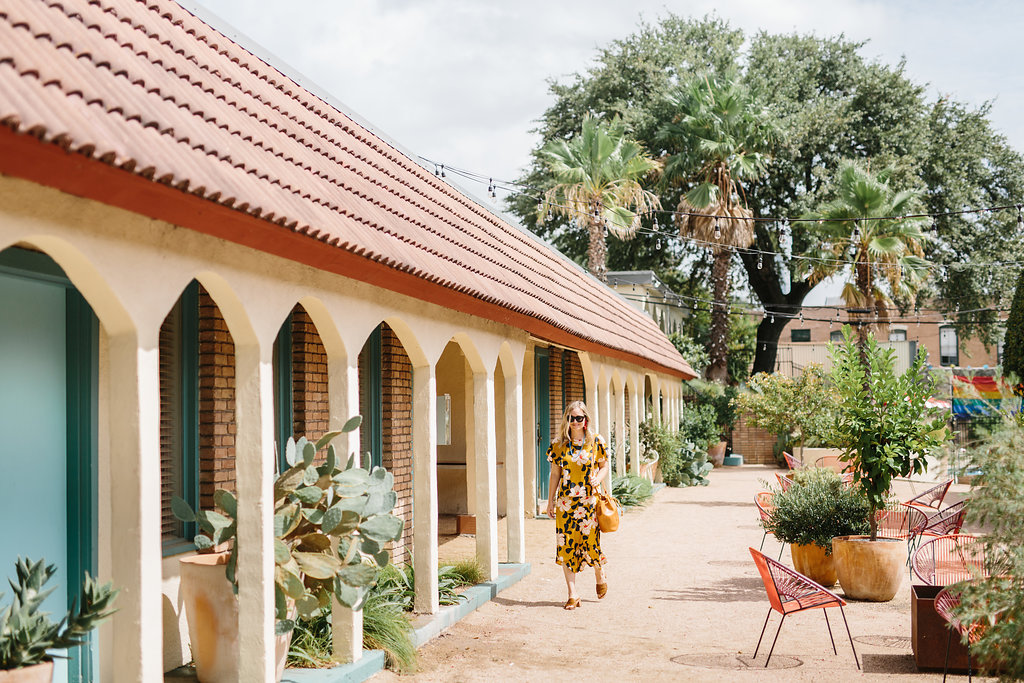
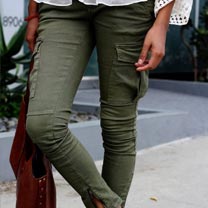
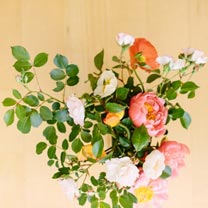
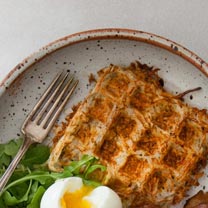
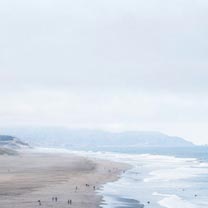
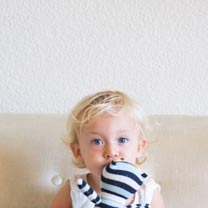

6 Comments